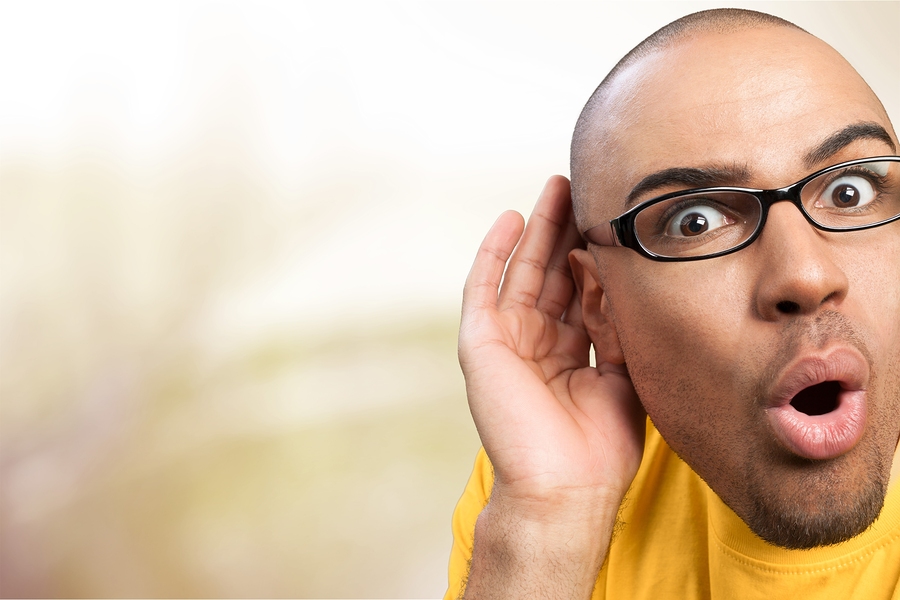Search engine optimisation (SEO) continues to grow in the modern world of digital marketing, despite what you may hear from other commentators. Since content marketing has elevated its status as the pinnacle of digital marketing, there is still a vital place for SEO.

In fact, the obsession with content marketing and other new forms of digital marketing has meant that traditional and even more progressive SEO tactics have been swept away so as to embrace the wave of appreciation for content marketing. However, SEO remains a pillar of an effective digital marketing strategy. Here are several tactics that are constantly overlooked.
Optimise for voice search
Most digital marketers are likely focusing purely on text-based and visual content. However, the growth of voice recognition software like Siri and Google Assistant means that it is incredibly important that SEO technicians are optimising their content in accordance to voice searches. Indeed, voice searches may soon become the dominant mode of internet searches, with approximately 40% of adults confirming that they use an AI system for voice searches at least once a day.
So what should you be doing? Well, most of the traditional SEO practices can be applied to voice search optimisation, albeit not all! Like most strategies, you need to understand Google’s ranking mechanism – so make sure you do your research. Generally, Google looks for concise words and questions. A really clever way of accommodating for more and more voice searches is to have plenty of ‘questions’ on your landing pages and FAQ pages. This is because voice searches are generally questions from users, meaning you’re more likely to rank highly with a question that targets the keywords.
Compress your images
Slow loading times are an absolute killer for website traffic. A lot of the time this is because of an oversized image that is slowing the site’s speed and functionality. A lot of SEO technicians fall into the trap of checking their website’s speed off their OWN computer or device. This is inherently flawed because your browser has stored your page’s data and cache, meaning it will be saved and load faster. You need to be checking your page’s speed from an external computer, as this will give you a more accurate view of overall speed.
So, if your site’s loading is poor, make sure you check your images. Compressing images is a simple fix – you just need to resize the images using a tool like Paint or Photoshop and then compress the file using a program like TinyPNG. As a general rule, images should really be no larger than 1500 pixels in width.
Image names
This may sound incidental but the name of the image file DOES actually matter for SEO purposes. When you download a free stock image for your site, the file name is created by the uploader and usually includes their name/username. You need to change the name of the file so as to give Google relevant information regarding the content of the image. Make sure that you don’t use a numbering style for your images.
Alternative text, also known as ‘alt text’, is the HTML code used to describe the image’s appearance. If the page or image is unable to load, the alt text is displayed instead. Put simply, the more content you provide for your images, the more accurately Google can rank your page and image.
Updates are essential
Finally, updating your website is incredibly important. You’ve probably heard about how your website needs to be filled with relevant and current content. A simple way of achieving this is to establish a blog for your site and release 1-2 blog articles per week. If you’re writing news stories, have comment sections and update your information if the story is continually running. Google appreciates websites that are updating their content regularly!
As a content writer, Tom is tasked with creating original written content for clients. From his experience in designing blog content and landing pages, Tom has developed a passion for digital marketing campaigns, particularly the use of social media in building brand capabilities. Tom enjoys research and keeping up to date with current news stories, particularly in the realm of sport, social media and business.